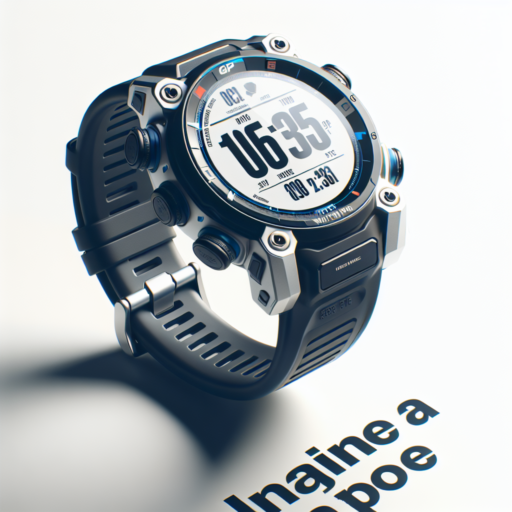Do storm glass barometers really work?
The question of whether storm glass barometers genuinely function has intrigued weather enthusiasts and scientists alike for centuries. Originally used by sailors in the 18th century for navigation, these mesmerizing devices have found a place in modern homes as both decorative items and potential weather predictors. But how much science is behind their operation?
Storm glasses are filled with a mixture of chemicals, including camphor, ethanol, and potassium nitrate, which supposedly respond to atmospheric pressure and temperature changes by crystallizing in different patterns. Proponents argue that the appearance of the crystals can indicate upcoming weather changes, such as clear skies, thunderstorms, or snow. While the exact mechanism remains a mystery, some historical accounts suggest a degree of accuracy in their predictions, leading to their continued popularity.
Experiments and Studies
Recent experiments and studies aimed at validating the effectiveness of storm glass barometers have yielded mixed results. In controlled environments, these devices have not consistently predicted weather changes accurately when compared to modern meteorological instruments. Skeptics point out that while changes in the crystal formations are visible, these alterations may not be directly correlated with specific weather phenomena as initially believed.
How do you read a storm glass barometer?
Reading a storm glass barometer involves interpreting the changes in the appearance of the crystal formations within the glass. These changes are believed to forecast the weather, with different patterns suggesting different weather conditions. To accurately read a storm glass barometer, it’s essential to understand the common signs and their meanings.
Identifying Crystal Formations
The key to reading a storm glass barometer lies in observing the crystal formations and their transformations. Clear liquid indicates sunny and clear weather, while cloudy glass with small stars suggests snow during the winter. When you see threads of crystals at the top, it’s typically a sign of windy weather. Large flaky crystals indicate overcast skies, possibly forecasting a thunderstorm or snowy conditions if the temperature is low enough.
Monitoring Changes
Regular observation is crucial when interpreting a storm glass barometer’s predictions. A sudden increase in crystal formations may signify a quick change in the weather, such as an approaching storm. It’s important to note that changes in a storm glass barometer are not immediate; it often takes 24 to 48 hours for the crystals to fully respond to upcoming weather changes. Therefore, keeping a daily record of the appearance can help in understanding the pattern and accuracy of predictions over time.
Although storm glass barometers are more of a historical curiosity rather than a precise scientific instrument today, many enthusiasts enjoy the mystery and beauty of interpreting their changes. With practice and regular observation, you can begin to understand the language of your storm glass barometer and enjoy forecasts that blend science with art.
How does the storm glass work?
The intriguing workings of the storm glass involve complex chemical reactions, sparked by the external environment. At the heart of this fascinating device is a mixture of chemicals, including ethanol, camphor, ammonium chloride, and water. These components are sealed within a clear, glass container, which allows for the visibility of the chemical interactions taking place inside.
When atmospheric conditions change, particularly those related to temperature and pressure, the solution within the storm glass responds. This reaction manifests as the formation of crystals at varying degrees and patterns depending on the forthcoming weather. For example, clear liquid suggests fair weather, while murky liquid with small stars may indicate snow.
It’s theorized that the storm glass responds to electromagnetic changes caused by weather and temperature shifts, although the exact science behind its predictive capabilities remains a subject of debate among scientists. Despite this, the storm glass continues to be a popular and enigmatic tool for weather prediction, captivating the curiosity of many with its seemingly mystical ability to forecast the weather.
No se han encontrado productos.
Where is the best place to put a storm glass?
Identifying the ideal location for a storm glass is crucial to ensure its accuracy and enhance its decorative value. The positioning can significantly affect the storm glass’s ability to predict weather changes. An optimal place is where the device can respond to environmental changes without being influenced by direct factors such as heating or cooling devices.
Firstly, consider placing the storm glass away from direct sunlight. Exposure to the sun can cause fluctuations in the crystals inside the storm glass, leading to inaccurate predictions. Instead, find a spot that receives ambient, natural light. This ensures the storm glass can react to the atmospheric conditions naturally, improving its predictive accuracy.
Environmental Stability for Accurate Readings
Environmental stability is key for a storm glass to function correctly. Avoid areas with drastic temperature changes, such as near windows that are frequently opened or close to air conditioning vents. A constant, stable environment allows the storm glass to maintain its delicate internal balance, which is essential for providing reliable weather forecasts. Placing your storm glass in an area that remains relatively unaffected by daily temperature and humidity changes can enhance its effectiveness.




